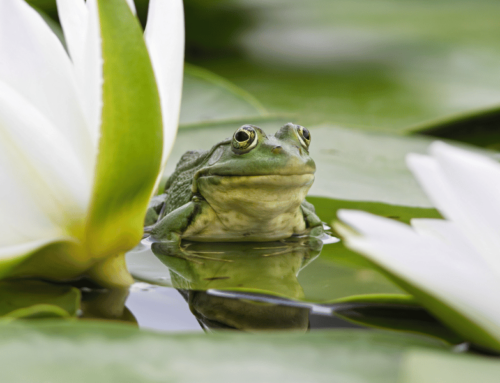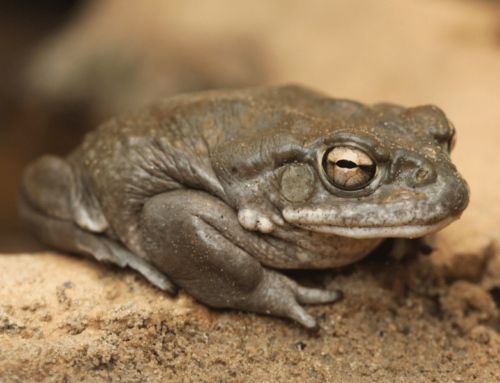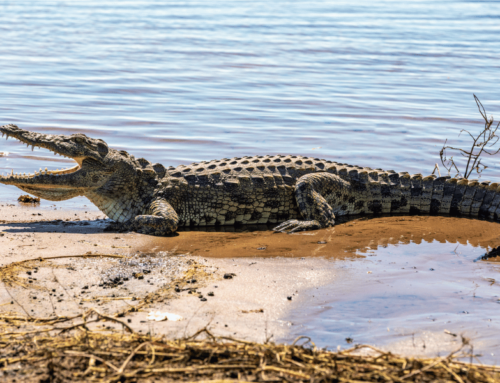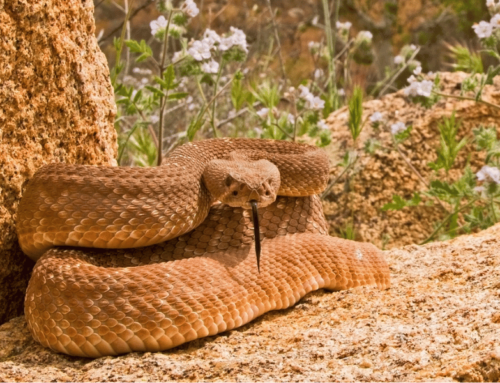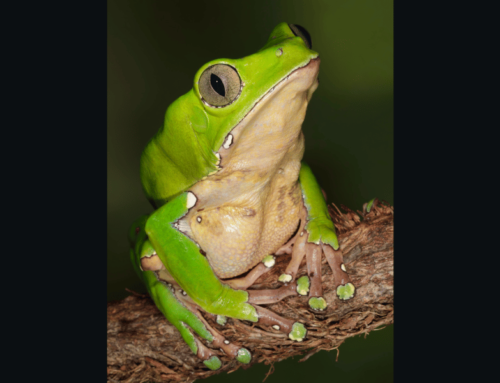When you think of salamanders, you probably think of small lizard-like amphibians who can easily fit in the palm of your hands. Most salamanders are in fact, pretty small, but you may be surprised to learn that there are giant salamanders that completely dwarf the ones you’ve seen before. The biggest salamanders, such as the Japanese giant salamander, make a great species to look for on your next herping trip!
This blog is all about herping for the Japanese giant salamander
Note: Approaching wildlife can be dangerous. Do not get close to wild animals unless you have talked to a local expert to help keep yourself safe.
Herping for the Japanese Giant Salamander
1. Where to Look for the Japanese Giant Salamander
From its name, you can probably already guess that the Japanese giant salamander is found in Japan. This is the only country they are endemic to. They can be found in the northern part of Kyushu and the western part of Honshu.
Their preferred habitat is flowing streams but can be found in large and small rivers with clean, cool water throughout its range.
Due to their preference for clear water, successfully herping for this salamander will be easier than other amphibians.
2. Appearance
The Japanese giant salamander reaches a length of 1.5 meters (5 ft.) and weigh up to 25 kilograms (55 lbs.). For comparison, the biggest frog species is the goliath frog, which only weighs up to 3.2 kilograms.
Their skin is a mix of black, orange and brown and has a warty appearance like many other amphibians. Their eyes are small relative to their body. Their flat heads come with an enormous mouth that is as wide as the rest of its body.
There are no other large salamanders in Japan that come even close to the size of the Japanese giant salamander. So, if you see a salamander in water that is large at all, then there’s basically no chance that it’s any other amphibian.
Their small eyes give them bad eyesight, but they are very good at detecting vibrations. This is their main way of detecting prey.
3. Behavior
These are nocturnal amphibians. They are completely aquatic, like axolotls and won’t be found walking on land. So, find flowing, cool streams and look at night for them and bring a flashlight. They are predators and will eat freshwater crustaceans, fish, smaller amphibians and insects. They can go long periods of time without food, so finding an area with more prey items won’t increase your chances of seeing them by much.
Its Bigger Cousins
As big as the Japanese giant salamander is it has even bigger relatives. The two reigning titans of the salamander world are the Chinese giant salamander and the South China giant salamander.
It would be great to go herping for these giant salamanders, starting with the Japanese giant salamander and then moving to the bigger ones in China.
Conclusion:
Herping in Japan is one of the best reasons for you to visit. Use the tips in this blog post to make sure that you can maximize your chance of seeing them.

